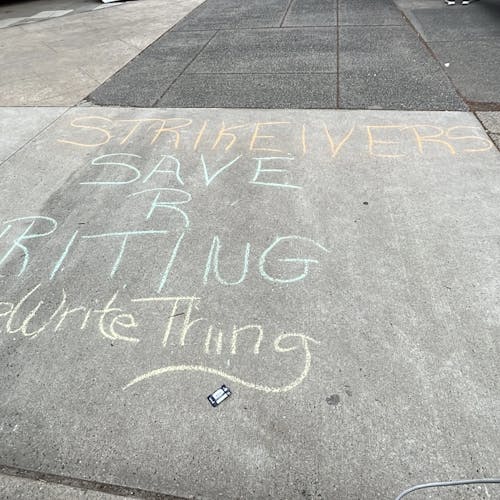Sakura Matsuri highlights Japanese culture at Rutgers

More than 140 students gathered in the multipurpose room in the Busch Student Center to decorate with pink table cloths, Japanese paper lanterns and brightly colored flowers for Sakura Matsuri, a celebration of Japanese culture on March 25.
Hosted by the Rutgers Organization of Nippon Students (RONS), a Japanese culture club, the event shares its name with the annual cherry blossom festival in Japan, said Alena Capil, a School of Arts and Sciences sophomore and member of RONS.
Sakura Matsuri is held in Japan and throughout the United States, with locations in New York and Washington, D.C.
Around late March or April in Japan, cherry blossoms bloom for about a week. People go outside and watch the cherry blossoms in full bloom, said Yayoi Amata, a Rutgers graduate of the Class of 2012 and a member of RONS before graduating.
Amata added that she attended the festival once in Japan. In the daytime, people are outside drinking, setting up picnics and playing badminton. She likens the day's festivities to that of Memorial Day in the U.S.
At night, food and game stands where vendors sell “little goods,” typical of most Japanese festivals, take over the celebration, Amata said.
In Japan, the night festivities often involve visiting local temples, Amata said. Cherry blossoms and traditional lanterns line the walkways to these temples. Once at the temples, people say prayers and make wishes.
The event is meant to model one of those festivals by offering different kinds of food, games and performances endemic to the Japanese festival.
Among this event's stands were ones dedicated to kite crafting, a chopstick challenge game, a yukata dress-up and traditional calligraphy.
A yukata is a traditional Japanese gown worn to ceremonies and festivals such as Sakura Matsuri.
The calligraphy station taught attendees about Kanji, Japanese characters derived from Chinese writing.
Malik Hussein, a School of Arts and Sciences senior and president of RONS, said the club tries to emulate Japanese festivities through the use of live performances.
“We showcase and expose other elements of Japanese culture beyond the typical pop culture that most people are acclimated to, like anime and manga,” he said.
Different East Asian organizations were featured throughout the night.
The Rutgers Kendo Club showcased the art of traditional Japanese fencing using bamboo swords and taught attendees the basics of the art form, said Joseph Kim, a School of Arts and Sciences senior and captain of the kendo team.
“Without spirit (channeled through ki), you can’t work up the courage to hit someone,” he said to the audience, explaining the fighter's shouts.
The event also featured HARU, a K-Pop dance group created in 2011. Julia Gosztyla, a School of Environmental and Biological Sciences sophomore, said the group takes pop music from Korea and expands on the choreography delivered by the artists.
Gosztyla added that K-Pop artists do not focus primarily on dancing, because they have to simultaneously sing and dance, which gives HARU a creative freedom with their enhanced choreography.
“We try to make (the dance) bigger than what (the artists) have created,” she said.
Even though the event was stressful logistically, it was incredibly fulfilling to see everything come together, Hussein said.
“This culture has so much more to offer,” he said. “It’s incredibly rich and has a lot more below the surface, more than just Pokemon and Naruto.”
Bushra Hasan is a School of Arts and Sciences first-year student majoring in cell biology and neuroscience. She is a staff writer for The Daily Targum. Follow her on Twitter @Hasanabanana for more.



